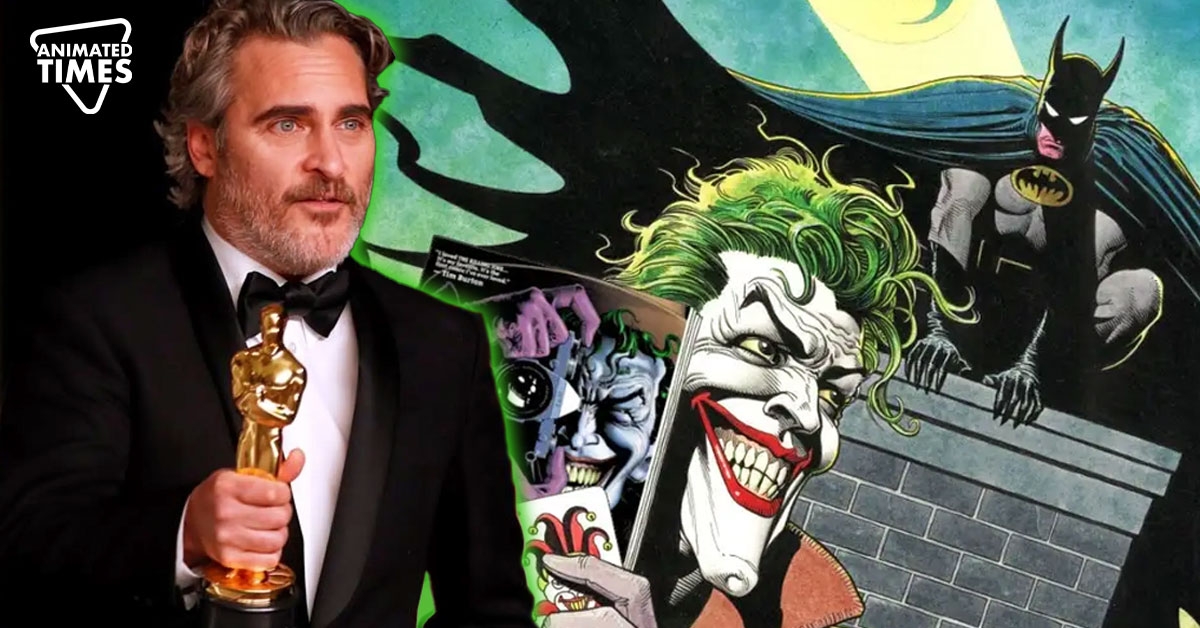Joaquin Phoenix’s 11 Oscars Nominated Film Has a Clever Reference Tying It To Iconic DC Comic Issue ‘Batman: The Killing Joke’ From 1988
Jokers are fascinating characters in the Batman movies. They are known for their unpredictable, erratic nature, often blurring the line between heroes and villains. DC introduced the Jokers as normal human beings who are highly bizarre and cunning and could pose serious threats to a superpowered and genius hero like Batman. DC’s portrayals of the Joker often feature tragic origins. As of now, numerous actors have worn the iconic villain, played by Oscar winners such as Jack Nicholson, Heath Ledger, and Jared Leto, the latest clown face was reprised by Joaquin Phoenix.
Joaquin Phoenix’s Joker movie draws inspiration from Batman: The Killing Joke
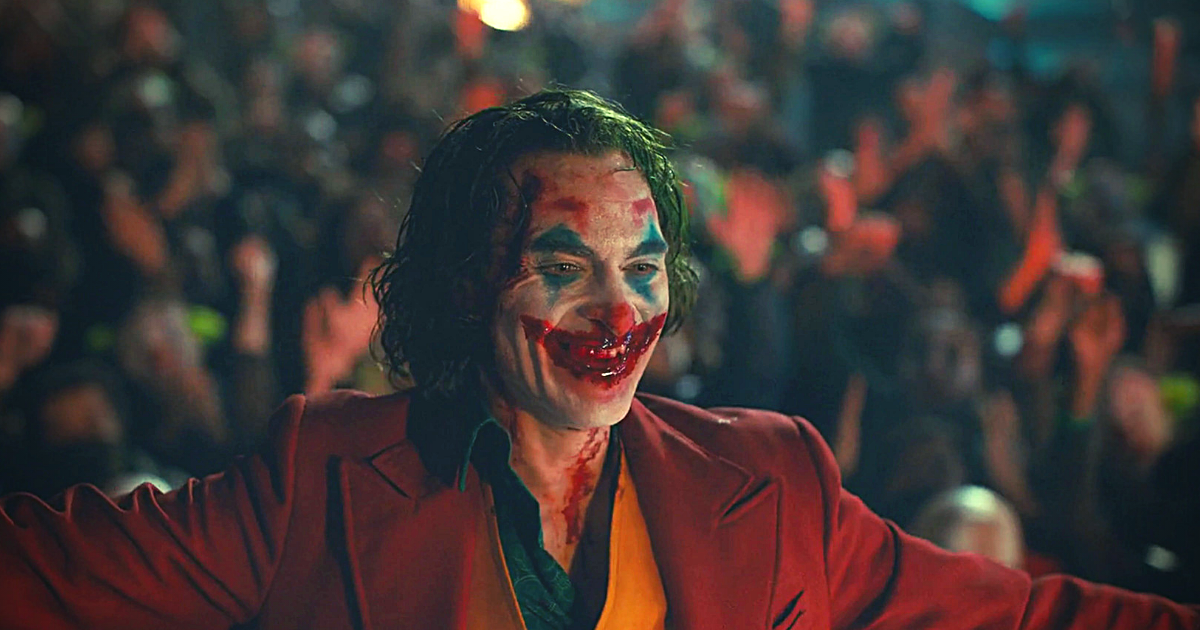
Todd Phillips’s 2019 Joker is one of the best depictions of the Joker in the DC Universe. Starring Joaquin Phoenix as the titular character, Arthur Fleck, the movie delves deep into the life of a marginalized individual who works as a clown-for-hire in Gotham City.
The Phoenix Joker is mentally unstable and descends into madness and criminality after a series of tragic events occur in his life. Phillips’ Joker paints a picture of decaying Gotham City, picturing various social issues like depression, mental health stigma, and inequality that contribute to the heinous transformation of Fleck.
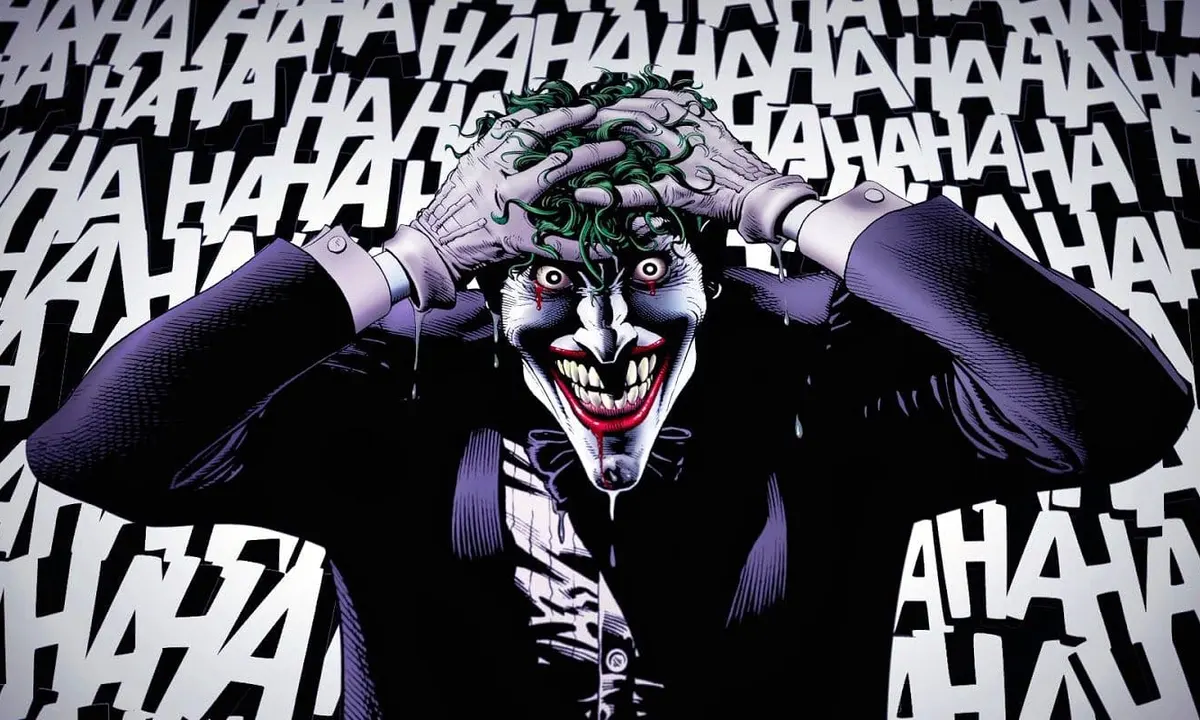
Interestingly, Phillips’ Joker has sought inspiration from the comic, which basically gave Joker his widely accepted origin story. Alan Moore’s 1988 one-shot graphic novel Batman: The Killing Joke. Also, the animated movie The Killing Joke was released in 2016, is regarded as one of the most iconic DC reads and also serves as a backdrop to the newest Joker film and even some of the earlier ones. Tim Burton and Christopher Nolan have both cited the comic about their Batman movies in the past.
Joker movies exploring ‘One Bad Day’ and tragic origins
Moore presents the Joker as an unarmed lab assistant who quits the job to become a stand-up comedian. He lost his wife and unborn child in an accident, which led to a serious mental breakdown. He indulges in chemical plant robbery to support his family and is, at his core, a man looking to survive. In a chemical plant robbery, he happened to confront Batman and accidentally fell into a vat of chemicals. When he emerges, he finds permanent scars that give him the appearance of a clown. The insanity and grief overwhelm him, turning him into a joker.
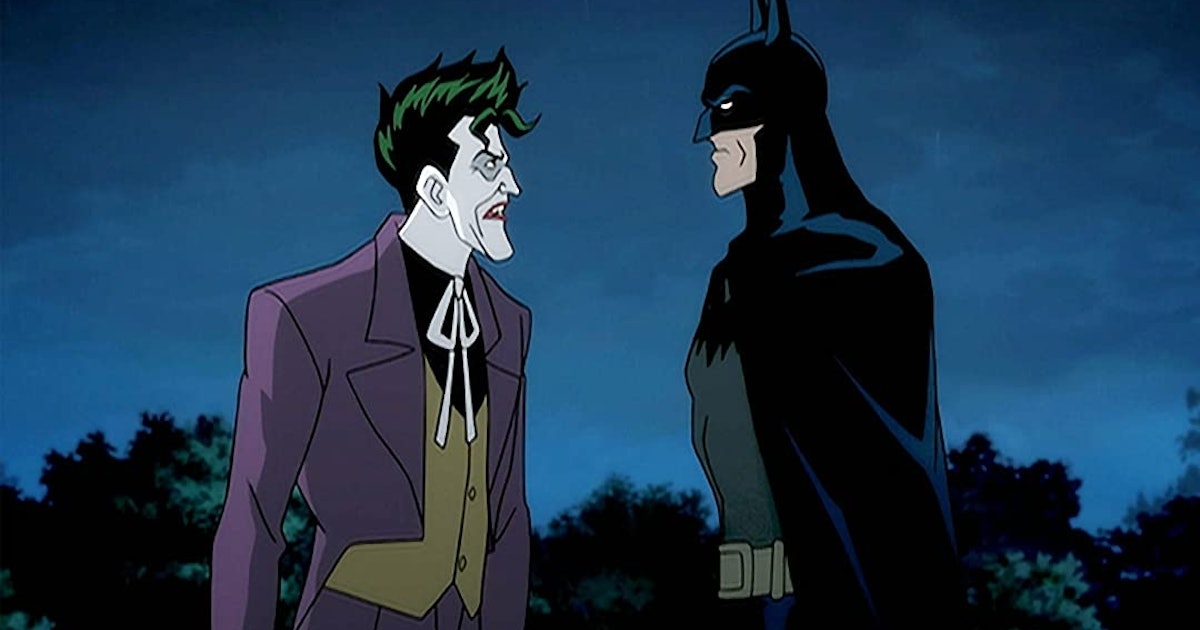
Phillip’s Joker draws several references and similarities from The Killing Joke, as follows: the origin story, which is presented as a failed comedian who undergoes a series of rejections as an unfortunate event that ultimately transforms him into a cunning criminal.
The Killing Joke introduces the concept of “one bad day,” which is one thing that changes the reality of both individuals. The Joker movie extensively explores this theme as the trajectory of Fleck’s transformation into a sociopath. Unlike other jokers with slasher-esque criminal masterminds, they are more humanized and capture the pain and ambivalence of their change in reality. That is why both movies are regarded as the most lasting depictions of the Joker.
Joker movies end ambiguously with symbolic evolution
Intriguingly, Phoenix’s Joker also makes a connection to the Wayne family in the film, where Batman is shown as a kid and Fleck claims Thomas Wayne is his father. In The Killing Joke, Batman essentially acts as a nemesis to the Joker.
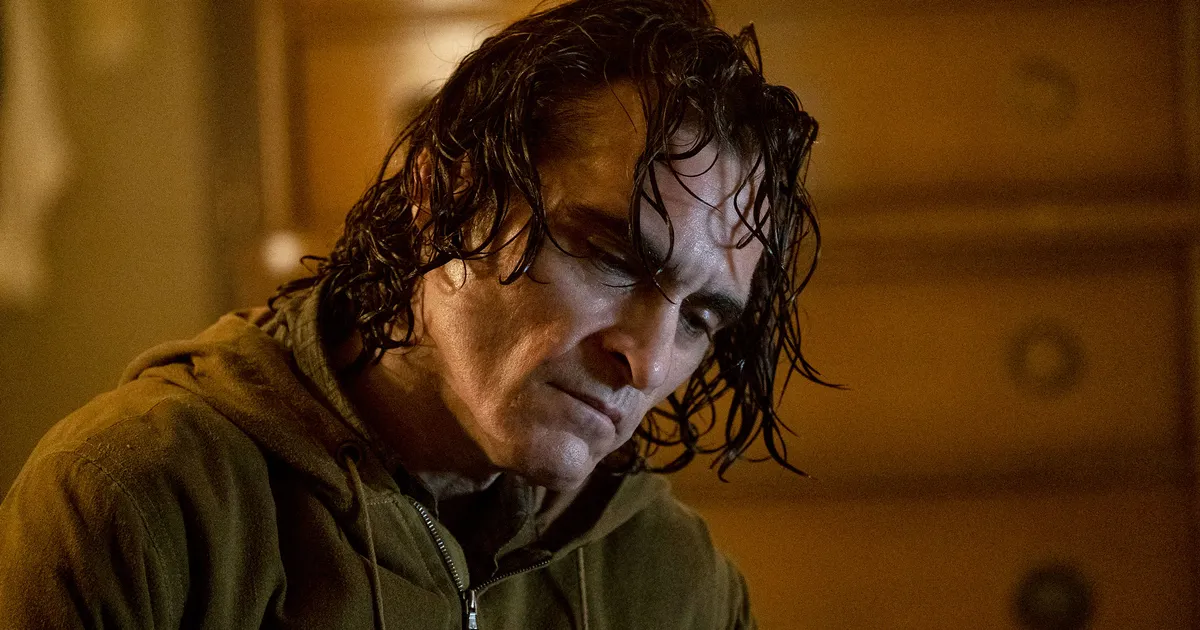
The movies concludes with an open-ended and ambiguous ending. The Killing Joke ends when the Joker and Batman share a laugh, leaving their relationship in disarray. Meanwhile, in the Joker movie, Fleck commits a murder and rises as the symbol of anarchy and class war which has been the core theme of the Batman verse.
Joaquin Phoenix’s portrayal of Arthur Fleck was his career-defining role and earned him numerous awards, including the Academy Award for Best Actor. The Joker 2 is under production and is expected to come out on October 4, 2024, exactly five years after the first one.
Source: Atlantic

